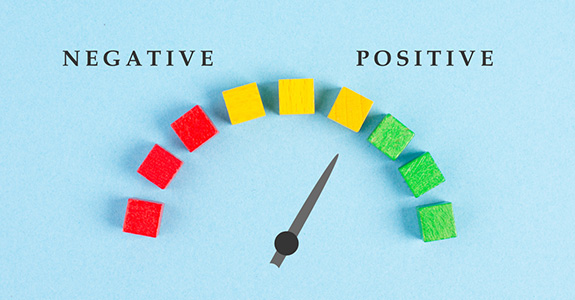Present in countless public places around the world, systems that capture facial images and process them from large biometric databases are often piloted by governments that say they are concerned with the safety of the population and the prevention of terrorist attacks and other incidents.
That the cameras inhibit crimes or assist in their investigation, there is no doubt. But it is necessary to raise a serious debate about the ethical dimension involved in the massive and unauthorized capture of videos and photographs of the population. After all, nobody argues that the right to privacy is a fundamental value of contemporary society and whose safeguard should be defended by any country that claims to be democratic. But, in this specific case, it is worth asking: to what extent is your face, in fact, “yours”?
To try to answer that question, imagine yourself walking down a busy street in the city center. At some point, you pass by an unknown person. Without you noticing, that person looks at you for ten seconds and then draws your face on a sheet of paper.
In the scene above, you exercise your right to walk the streets, just as the person you passed through has the right to look around and draw whatever suits you, including pedestrian faces.
Now, imagine the same scene, but replace the drawing on the sheet of paper with a shot of your face taken with a cell phone camera. Some discomfort will probably arise, because the recording provides an accurate record of what you are like. But still, pointing a camera in public in any direction is not necessarily a violation of privacy.
Revisiting the scene one last time, suppose that the person who stared and filmed you is a police officer during office hours. Now, yes, considerable discomfort arises, most likely due to the perception that his image was captured by someone who had no right to do so.
The third version of the hypothetical situation suggests that the State is responsible for examining its face in some way, and this is what seems to raise concerns about privacy. So, one wonders if the biggest problem in reality is not “what” was filmed, but “who” filmed.
That said, it is inferred that possession over one’s face is the least important in this discussion. State ownership of images obtained without authorization is at the heart of privacy concerns. The real question to be asked is: what will be done with the images and, consequently, the personal identification they allow?
As long as the State cannot prove the use it is making of the data obtained via facial recognition, the question will persist, and it will only be up to the citizen to mobilize itself so that this use is subjected to transparency policies as soon as possible.




